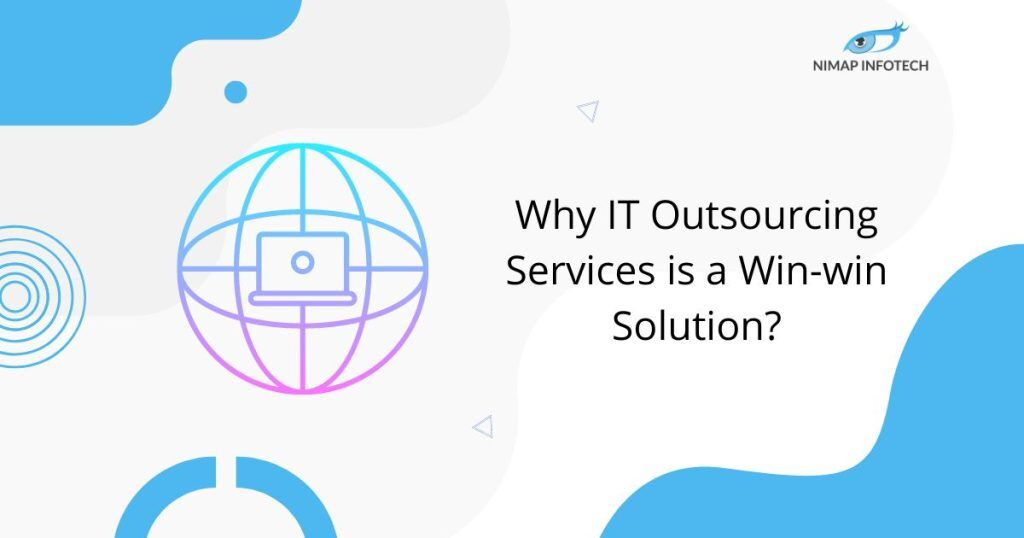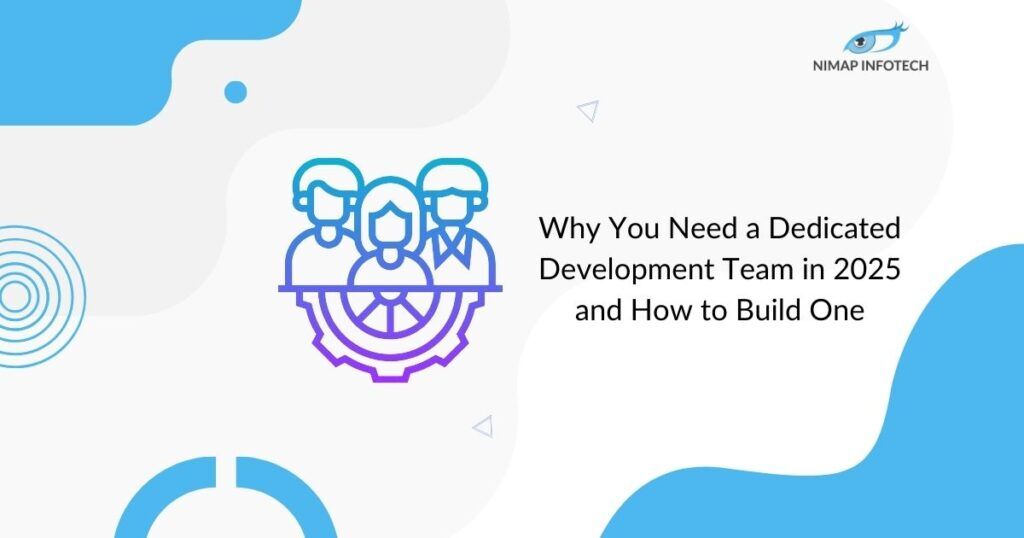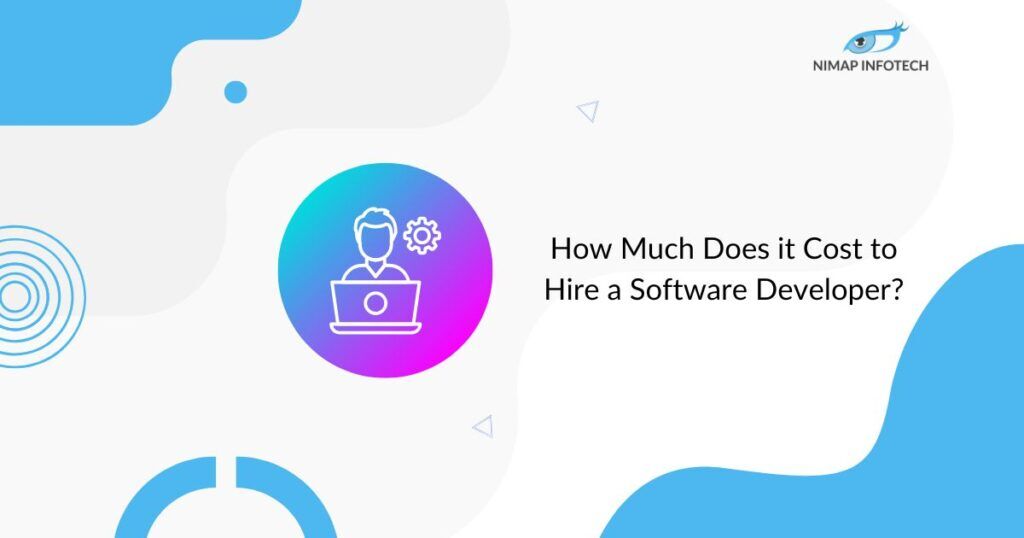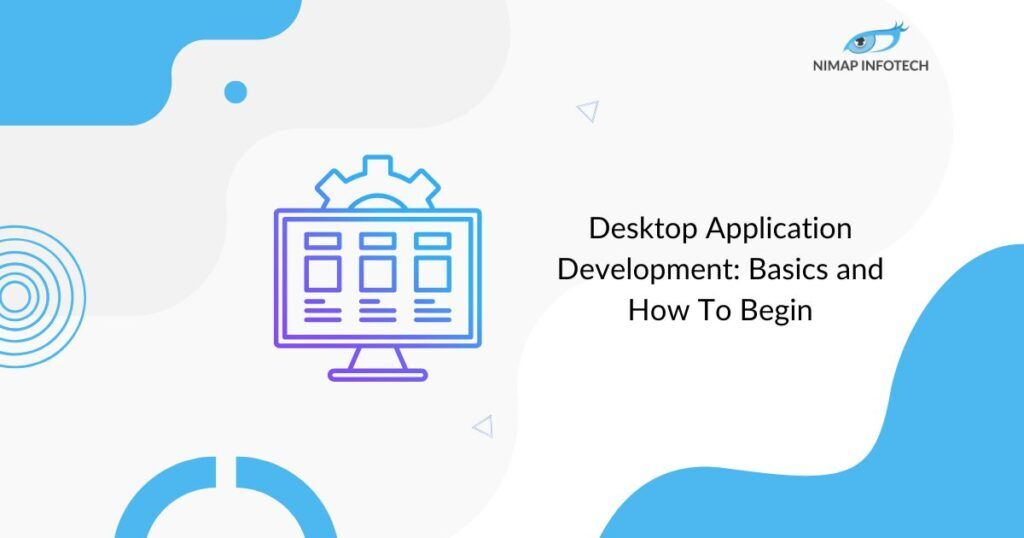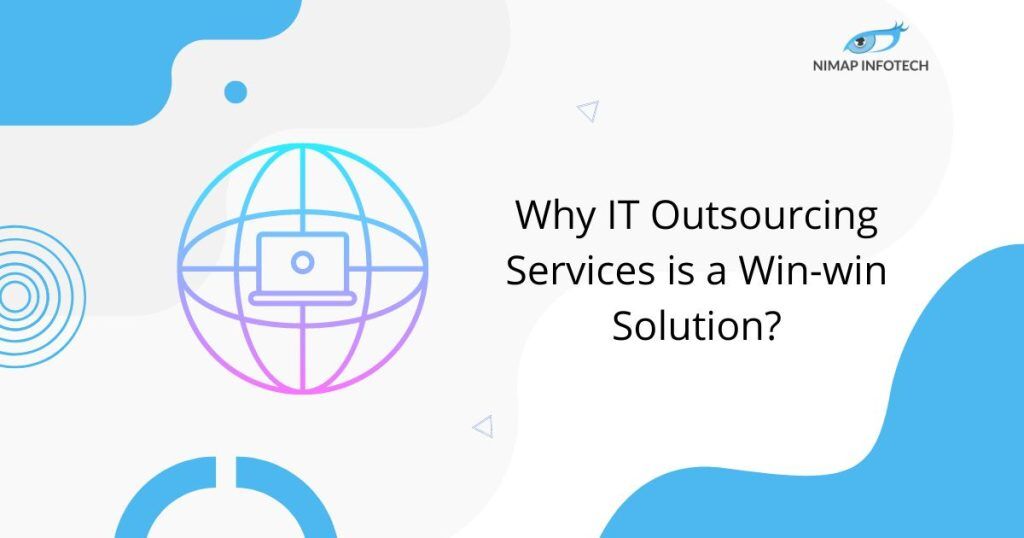Let’s delve into strategic mobile app development, where we combine excellence with cost reduction.
Table of Contents
ToggleWhy is a Mobile App Essential?
The App Store contains over 2.2 million apps, while the Google Play Store offers about a million apps. Considering this expansion and the growing acceptance of apps in many regions, business executives of all sizes are looking to create an app to transform their company into a digital enterprise. Numerous industries are taking advantage of the sizable market for mobile apps, from your neighbourhood salon to a café.
Mobile apps can benefit your business in several ways and offer a variety of profitable options. Some examples include:
Engagement:
- You may have significant and interactive interactions with your clients through mobile apps.
- Targeting customer demands and issues is a simple process that enhances customer satisfaction.
Conversion:
- Mobile apps allow you to stay in touch with your clients and inform them about new offerings from your business.
- These strategies effectively increase brand awareness and drive traffic, ultimately leading to conversions.
Retention:
- Your mobile apps can incorporate various features like gamification, push notifications, and live chat to enhance user experience.
- To retain clients, enhance accessibility and enable sales through various channels.
Also Read: Mastering Mobile App Development: Tips for High-Performance
Which Aspects of App Development Are the Most Expensive?
App development’s most expensive components are mostly determined by several variables, including backend programming, intricate designs, team organization, and continuous post-launch maintenance.
App Complexity and Platform Selection:
- Between $10,000 to $50,000 might be spent developing a basic app with limited features.
- You should expect to pay between $60,000 to $120,000 for a medium-complexity app.
- Invest heavily in a sophisticated app that utilizes advanced technology like augmented reality or artificial intelligence. Go for the $200k to $500k range.
Backend Programming and External APIs:
- The cost of designing an app can be greatly increased by integrating APIs and creating a backend.
- Consider this as optimizing the engine in your vehicle to achieve maximum performance.
- Your investment will increase with the complexity of your requirements.
Design and Development Phase:
- The bulk of your expenditure occurs during this phase. This figure will be heavily influenced by the degree of design complexity and the development methodology (native, hybrid, etc.).
Maintenance and Updates:
- For server expenses, maintenance, and updates after launch, budget between 15 and 20% of your original development cost every year.
The Advantages of Having a Distinct App Vision Include –
Clarity of Functionality:
- Having a clear app vision simplifies the selection of features for the initial development stage or in creating an MVP.
- This will support simple development and minimal costs.
Reduce Complexity in the Development Process:
- Having a clear understanding of your desired features and goals can help streamline and eliminate extraneous elements from the process.
Select the App Type You Want:
- After you have determined the services your app will offer, choose the app type that best meets your requirements.
- Employing Blockchain technology is ideal, particularly for apps involving online transactions or data transfer, significantly influencing development.
- Other app types use different features and technologies, which has a significant impact on price.
Connect With an Experienced Company:
- With a clear idea of your application and the technology required for it, you can get in touch with an app development company that can provide you with greater value and greater experience in certain fields.
Formulate Pertinent Marketing Plans:
- Promotions are essential to every app or brand.
- You may develop more effective marketing tactics and get better outcomes by having a thorough understanding of your app’s features, target market, and functionality.
Ways to Reduce the Cost of App Development –
Make an in-depth Project Scope:
- For your app development, begin with a strong foundation that outlines each aspect of your project to create a comprehensive project scope.
- This document serves as your road map, making sure that everyone is aware of your intended route and objective.
- The user stories that clarify the functions from the viewpoint of the end-user and the acceptance criteria that specify the circumstances in which each task can be considered accomplished are all laid out in this blueprint for your application.
Choose the Right Development Approach:
- Three primary alternatives are available for selecting the best development style for your app: native, hybrid, and cross-platform.
Native Development:
This involves developing independent iOS and Android applications using platform-specific programming languages like Kotlin for Android and Swift for iOS.
Apps that need excellent performance and full access to native capabilities should be used. Suitable for intricate applications.
Hybrid Development:
Developing programs with web technologies (HTML, CSS, JavaScript) that operate on both platforms in native containers is known as hybrid development.
It can be brought to market more quickly and affordably, making it ideal for less complex applications that don’t require high performance.
Cross-platform Development:
Cross-platform development involves creating native apps for iOS and Android using a single codebase and frameworks like React Native.
This method strikes a balance between hybrid development efficiency and native-like performance.
Most apps that want to reach a large audience can benefit greatly from it.
MVP Development:
- Creating a Minimum Viable Product (MVP) allows you to test your app idea quickly and with little risk.
- This implies that you can identify problems at an early stage and avoid wasting funds on iterative processes that contain errors.
Read More: Cross Platform App Development: A Booster Dose for Modern Businesses
Conclusion:
Developing an app doesn’t have to take up all of your resources. Utilize techniques like selecting the best development path, maximizing open-source tools, starting with an MVP, automating testing, and controlling team workload for efficient and economical processes.
For your next app project, consider these tactics. Focus on strategic decisions to excel, not just cost-cutting.
Author
-
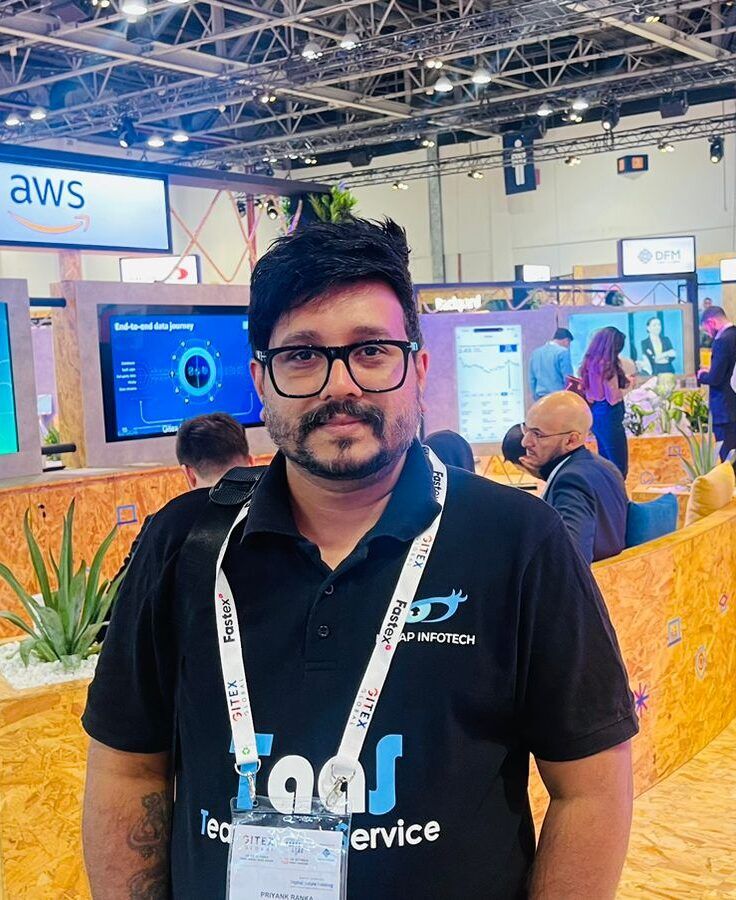
With 14+ years in IT and entrepreneurship, I co-founded Nimap Infotech, a digital transformation company that has delivered 1200+ projects and built a team of 400+ engineers. I’ve also led mobile development teams at Accenture India and IBM Apple Garage and developed a network of 7k+ iOS and Android developers. As an Angel Investor, tech advisor, and mentor, I actively engage with the startup ecosystem.
View all posts



